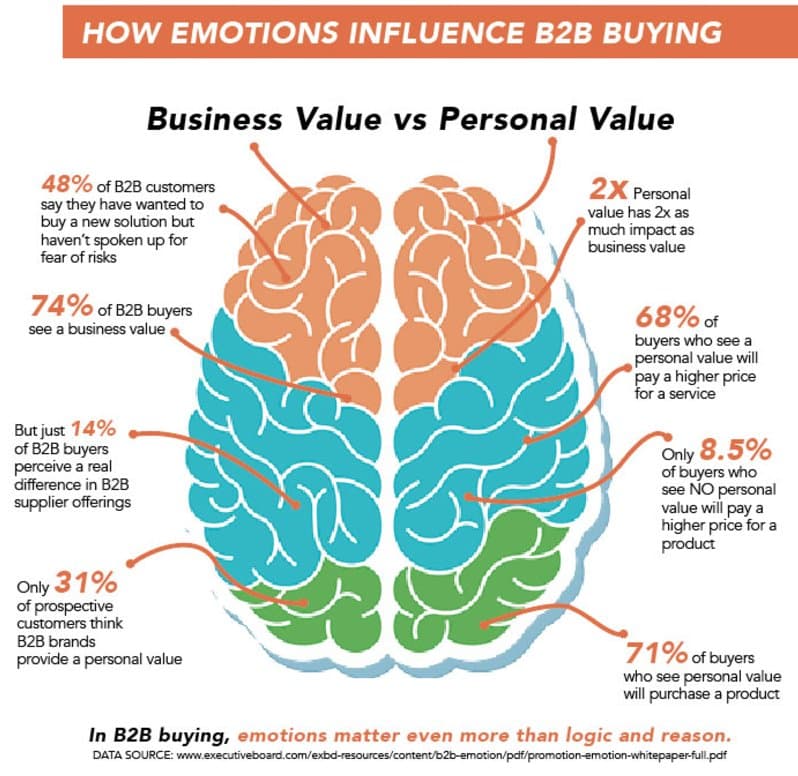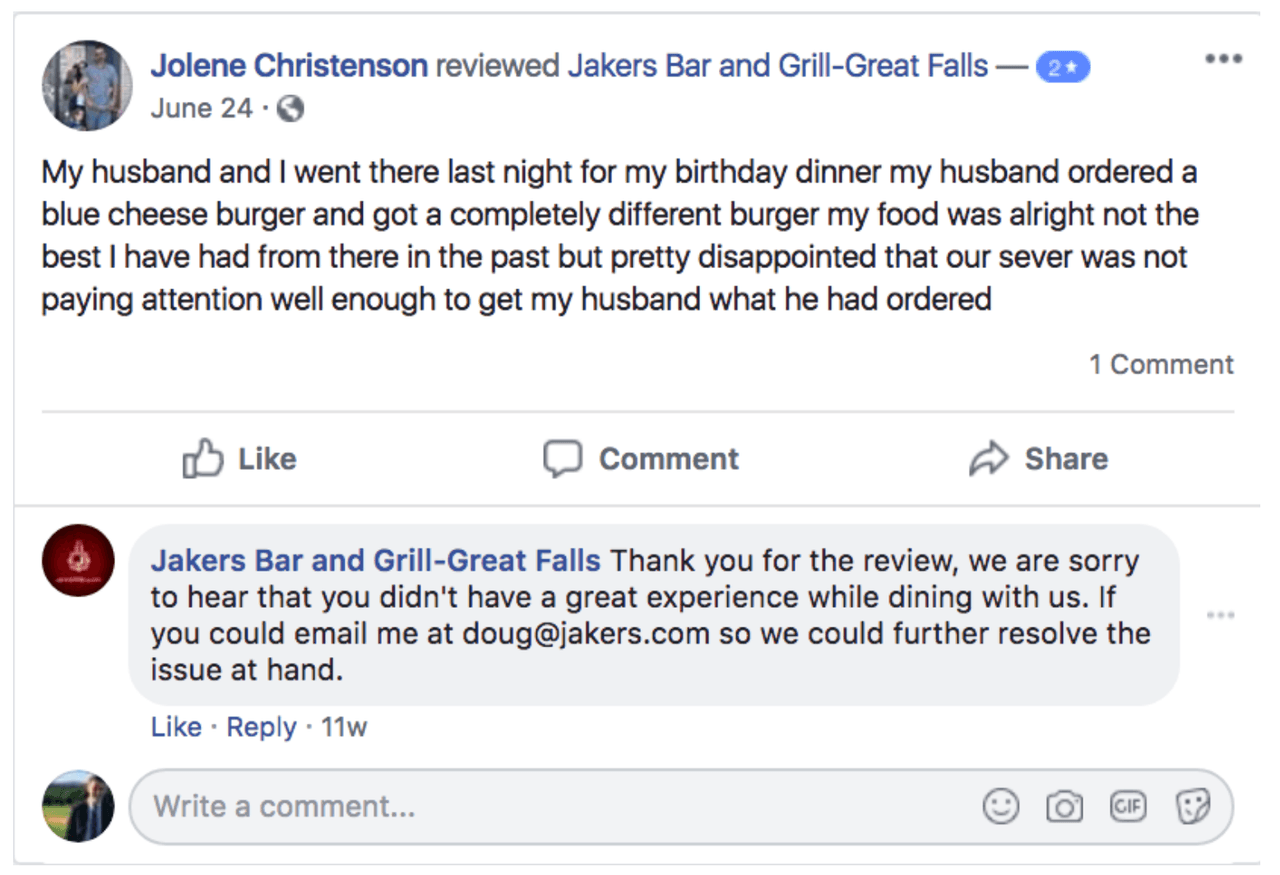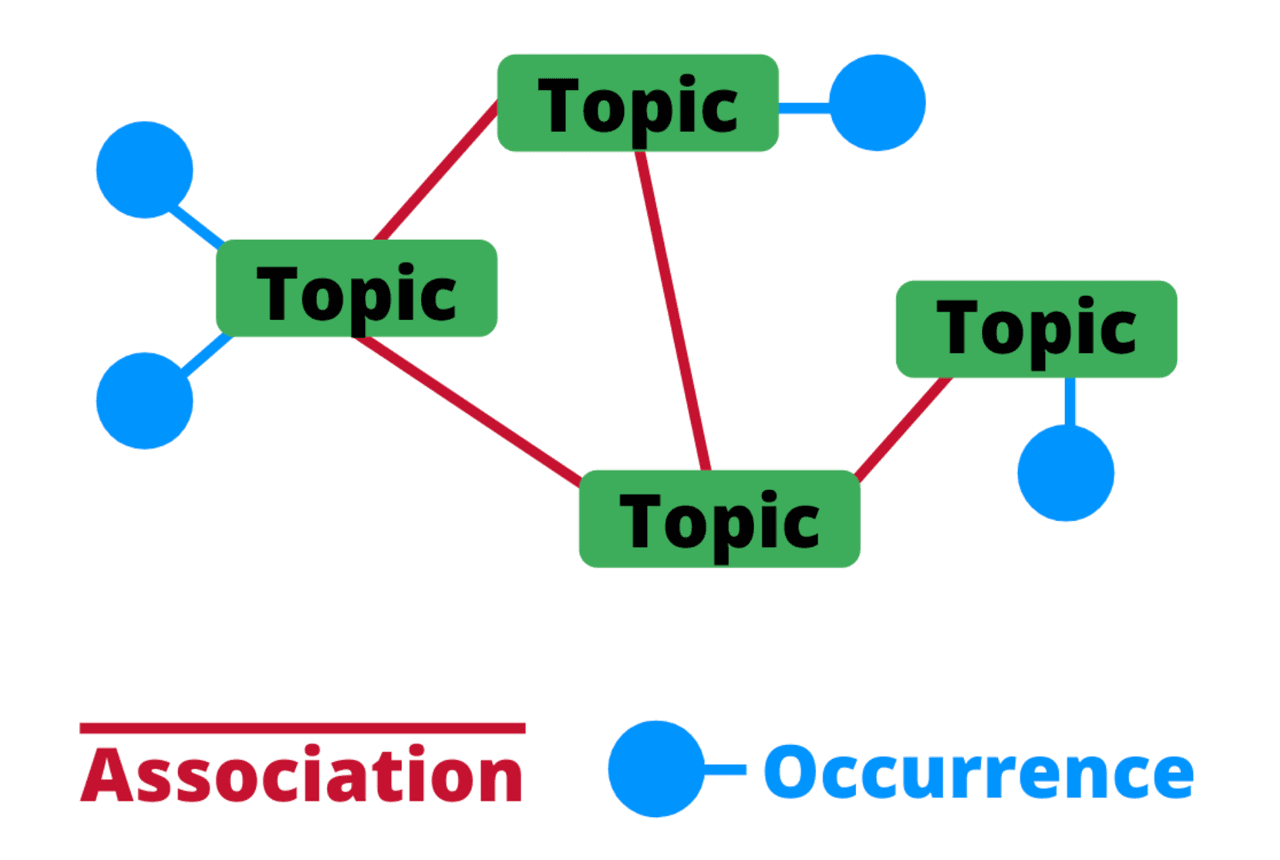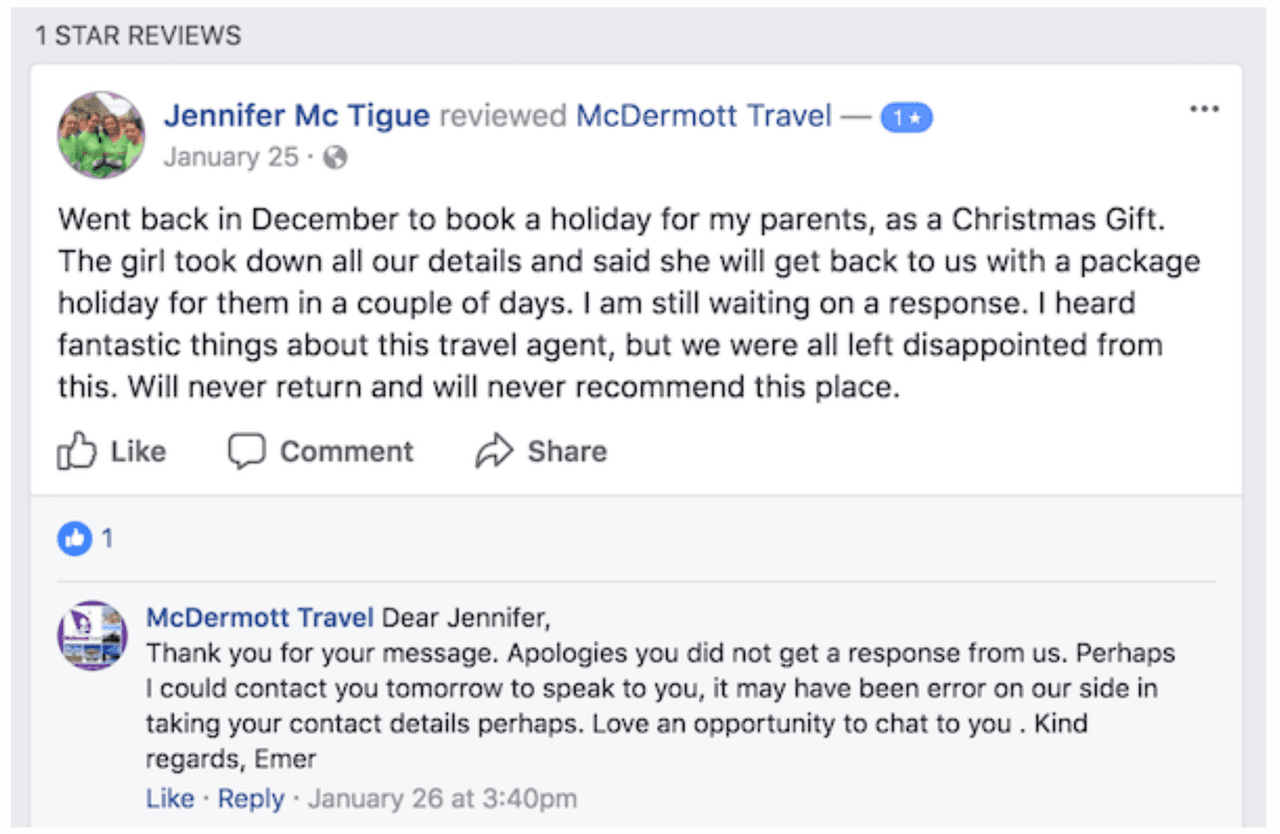How Salespeople Can Build Better Customer Relationships
Great salespeople know their job isn’t only about making the sale. They need to consistently bring in customers, cultivate loyalty, and deliver an outstanding experience.
This requires reps to dedicate time and effort to sales relationship building.
Relationship selling builds consistent and sustainable growth in sales numbers because it gives those customers momentum. They form a relationship with the company, which fosters emotional response and — ultimately — more spending.
What can you do to put this concept into action? Let’s get started.
Here’s what we’ll cover:
- Why Building Relationships Is Important In Sales
- How to Build and Maintain Great Customer Relationships
- What You Need to Do to Repair a Damaged Customer Relationship
Why Building Relationships Is Important In Sales
Zig Ziglar said, “People don’t buy for a logical reason. They buy for emotional reasons.”
Other entrepreneurs and thought leaders, including Seth Godin, have echoed this idea. It’s true. Coca-Cola doesn’t sell a beverage; they sell happiness in a can. McDonald’s doesn’t sell burgers and fries; they sell smiles.

What about people selling services and goods that aren’t packed with sugar and don’t have decades of customer loyalty? Well, that means you get to lay the groundwork and start developing relationships that can cultivate that type of loyalty and association to positive emotions.
Ultimately, relationships equal sales. It’s not a part of the puzzle – it’s the whole puzzle.
How to Build and Maintain Great Customer Relationships
A portion of building customer relationships begins with marketing. Salespeople are rarely the first interaction for a potential customer. They’ve probably seen ads, skimmed blogs, and read reviews.
What should a salesperson do?
Personalize Customer Interactions
Scripts are extremely useful at times, but scripts and checklists don’t build customer relationships.
But wait, don’t scripts ensure that your customers have a consistent experience in every interaction? Yes and no.
Personalizing customer interactions gives room for the above-and-beyond experience that you want to see from your sales team.
Using CRMs or suites, you can closely track a customer’s past interactions and see what issues or concerns they’ve voiced over time. Use this information to connect with the customer. Ask them how the resolution was and if they heard about updates that affected specific concerns.
You can also look at their LinkedIn or social media to leverage pieces of personalization and experiences that’ll drive conversation or uncover pain points.
Tip: Here are 40 ways to use LinkedIn for sales.
Create New Value
As a salesperson, you have the opportunity to create new value with every interaction. Companies can take the initiative and create communities for their customers and educate customers through knowledge sharing.
When it comes to what an individual salesperson can do, you have to get a little creative.
Salespeople are the unrecognized problem solvers and teachers. When you can creatively solve the customer’s problems and do so quickly, you can foster long-term customer relationships. People begin to accept that you’re not just a salesperson, but a reliable and valuable resource, which will help build rapport.
When a customer asks a question, they’re explaining a part of their problem. They want valuable information and a solution.
You can:
- Ask open-ended questions to gather more information.
- Rephrase the customer’s question, problem, or concern with positive language to confirm their key focus areas.
- Address key features, elements, or factors of the product that tie into the solution.
- Explain how parts of the product or service work in a way that would serve that customer best.
What You Need to Do to Repair a Damaged Customer Relationship
Excelling at sales relationship building means you not only need to know how to build these strong relationships, but also how to repair them.
A damaged customer relationship isn’t just one lost customer. You’ve probably heard of people who refuse to eat at certain chain restaurants because of one bad experience. The thing is, they tell everyone about that one bad experience. A damaged customer relationship is a serious loss and should be fixed quickly.
Address the Elephant in the Room
Show specified empathy. Phrases such as “I understand” and “I’m so sorry to hear that” are quick ways to irritate customers. Instead, actively listen, and when it’s time for you to speak, give a shortlist of what you took away from their explanation.
After you’ve acknowledged that you genuinely understand their frustration and its source, you can move on to the real issue. “What would you like to happen?” It’s a daring question, but you won’t know if you don’t ask.
Now, if you can sense asking that question would make things worse, you can try the alternative, “I’d like to look at all of our options to resolve this issue. Can I have a moment to see what I can do about this?”
Let’s look at an example of this:

Map It Out
Usually, your first pitch isn’t your best pitch. The one after that might not be great either, and when you’re trying to repair a sales relationship, you’re pitching ideas. Instead, use mind maps to explore options for conflict resolution.
What is a mind map, and how can it help resolve customer issues? A mind map lets you look at how one topic branches into many subtopics such as pain points and possible resolutions. Listing topics, occurrences, and associations together can help you and the customer move forward.

Start by mind-mapping the problem, and then describe the problem and symptoms of the issue in subtopics. Then, make smaller subtopics, including opportunities for resolution, possible actions, or teams with more information.
Follow the Customer
Some customers need to hear their resolution options and take some time to think. Others want you to hit a magic button to fix things right now. There is no blanket solution to repairing relationships with customers, so follow their lead.
After you mapped out solutions, you can start running through the possible outcomes for your customer. Be honest, receptive, and maintain your active listening.
Consider using phrases such as:
- “There are a few ways we can help fix this, and I think X might work out quickly.”
- “I really want to help. Let’s talk about what I can do right now and see what options we have to make sure this doesn’t happen again.”
- “I understand you’re disappointed and want some time to think. Can I give you some contact information, so you can get in touch when you’re ready?”
Let’s look at another great example of handling a negative review:

Sales relationship building brings back an old sales saying: “You’re not trying to win the argument, you’re trying to win the customer.” Lexus’ customer service stands out with a fix the car and the customer approach.
How to Use Relationship Selling to Drive Sales
Sales relationship building is a long-haul effort. It involves training staff, bringing in the right sales tools, and coordinating with support teams.
Powerful tools such as email tracking and meeting schedulers are helpful, and it all starts at the beginning with the handoff from marketing.
With that initial contact, sales teams and their managers should aim to delight and engage new customers. That lays the groundwork for a positive relationship. Sales and support teams can then provide an emotional connection to produce positive long-term results for everyone involved.
Emotionally connected customers stay with the brand for an average of five years, recommend brands at a 71% rate, and bring in a 306% higher lifetime value.
Sales teams should have some freedom to provide customers with unexpected information, rewards, or opportunities to connect. Connection is often the key to a good relationship. Empower your team to take the time necessary to make those meaningful connections.
About the Author: Silvana Carpineanu is an enthusiastic Marketing Specialist who works for Mindomo. Driven by passion and creativity, she’s responsible for copywriting, advertising, SEO, and content creation.
Want to write for our blog? Apply here: Yesware’s Spotlight Contributor Application.
Get sales tips and strategies delivered straight to your inbox.
Yesware will help you generate more sales right from your inbox. Try our Outlook add-on or Gmail Chrome extension for free, forever!
Related Articles
Guest Author
Jenny Keohane
Jenny Keohane
Sales, deal management, and communication tips for your inbox

